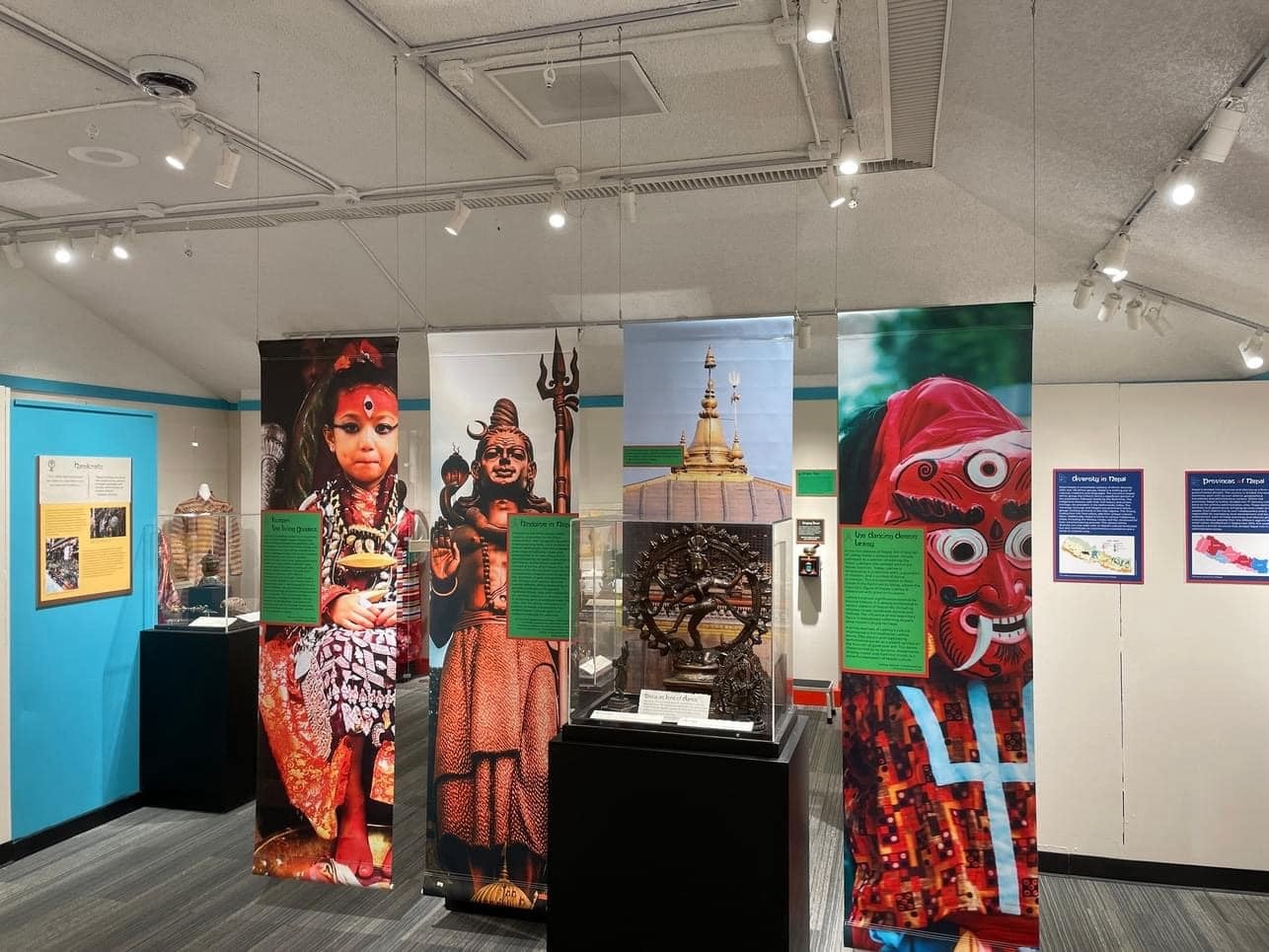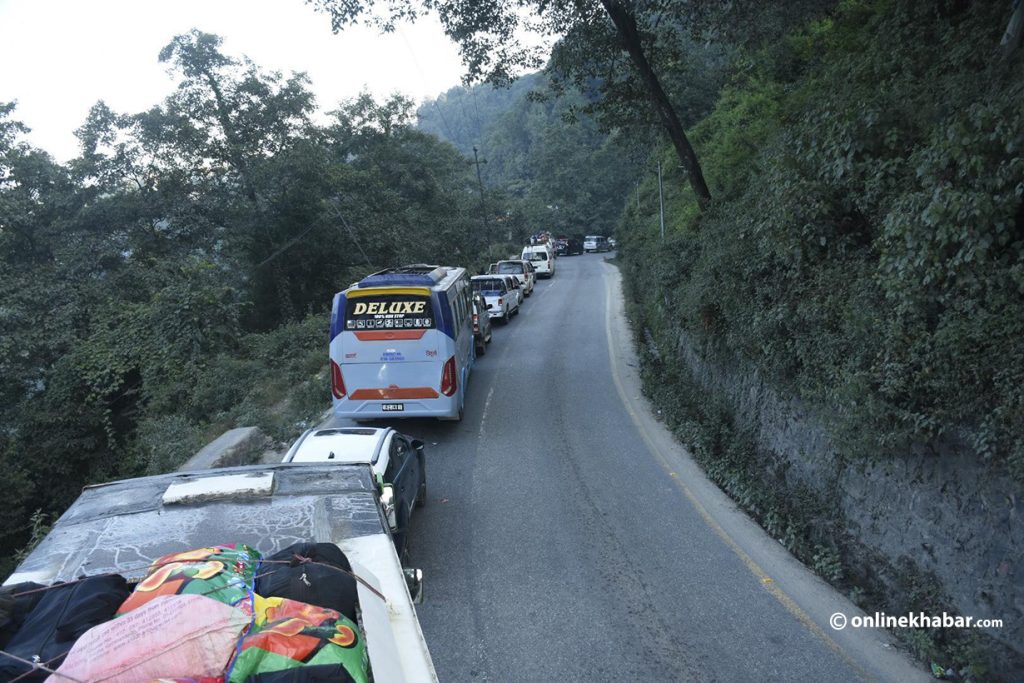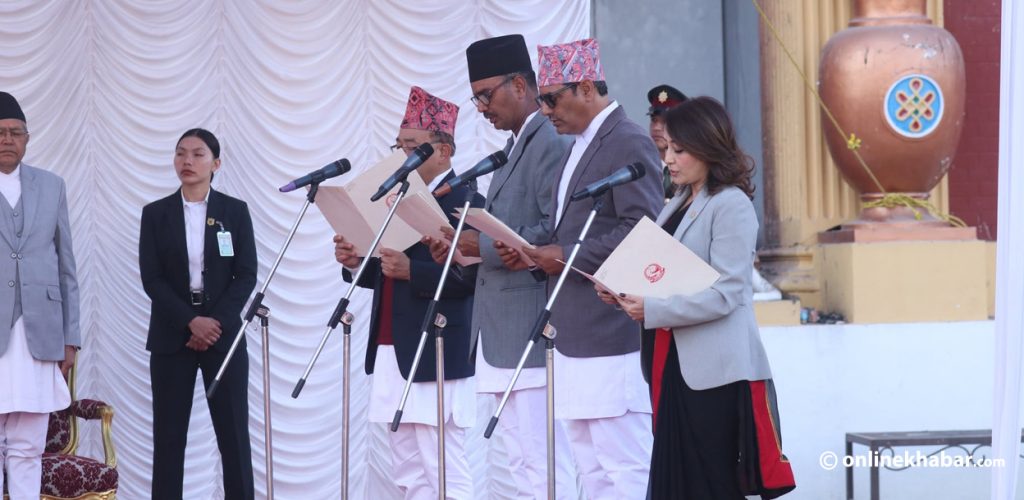
There is a story in every nook and cranny of the country, within every person and the age-old traditions and culture that one follows. It is with these stories that people connect, create memories and stand out from the rest. Manisha Maharjan and John Maharjan aimed to be a part of these stories with their project Tajilaji. They found a simple and inexpensive way to bring these narratives to life.
As the world shut down due to the Covid pandemic, Manisha dedicated her free time to conducting in-depth research on various topics of her choice, with a particular focus on local culture. She started working on her idea of making videos highlighting the vibrant local Newa culture she grew up admiring and celebrating.
Manisha and John had known each other for more than 10 years. While John was completing his academic degree, Manisha was researching what facet of the culture to explore first and writing emails to the many famous travel vloggers and YouTubers who already had a presence in the digital world.
In 2021, Manisha initiated her first video-based project during the Dashain-Tihar festive season.
Of the hundred emails she managed to write, a leading Arab YouTuber Joe HaTTab accepted her invitation and together they produced a video on the unique tradition of the living goddess Kumari. His video garnered the views of millions, giving them the motivation to continue their project, Tajilaji.
Collaboration and celebration

“We always wanted to be travel vloggers ourselves, or at least been inclined towards exploration of this form of storytelling. But we also knew that we were not ready, technically. So we decided to go on the collaborative route and invite popular storytellers to experience Nepal, the Newa culture and tell the story on a global scale,” says Manisha talking about the intention of the project.
In just two years, Manisha and John have come leaps and bounds and produced a dozen documentaries with different international YouTubers and storytellers. Even on zero budget, the duo achieved everything through collaboration. They have also gained recognition in Nepal, with Lalitpur Metropolitan City acknowledging their efforts in promoting Newa culture.
“The initial research centred on unravelling the different facets surrounding the Kumari – exploring questions of who she is, the significance behind her selection, and the cultural context within indigenous communities,” she says.
The duo completed two projects with Khalid Al Ameri from Dubai, one of which featured Kumari. Along with that, they have also worked on three videos on travel and food in Nepal with Kasem Hato from Jordan.
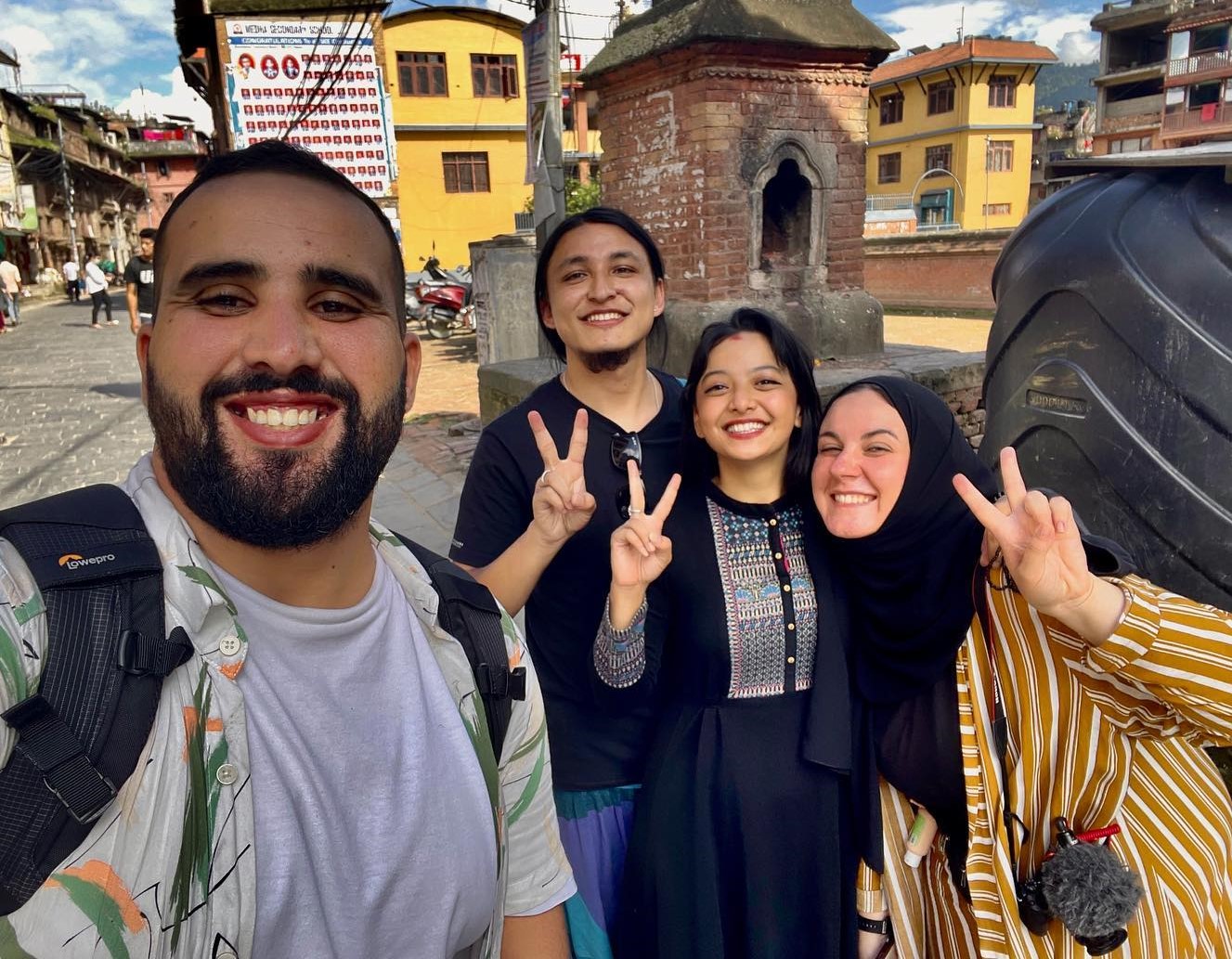
Manisha says that they named their project Tajilaji because they aimed to explore not just places but also to preserve and celebrate the essence of local traditions through extensive collaborative efforts.
“Tajilaji in Nepal Bhasa means culture and the norms,” she says.
Their collaborative efforts expanded internationally, involving partnerships with individuals from Spain, Italy, Egypt, Morocco, and more countries. Outside the Middle Eastern countries, Italian YouTuber Guiseppe Biden was the first to collaborate with them under ‘Project Happiness’ where he makes videos on what happiness is for others.
They say it is their love for travel that fueled their desire to share the beauty of diverse cultures, uncovering the hidden gems, within the country.
Reflecting on their journey, the duo accepts that their dream became a reality because they took a leap of faith and established a win-win situation for the bloggers.
“This also kind of gave us a headstart on our journey and irreplaceable learning opportunities shadowing the international storytellers, learning their way of shoot and their perspectives.”
But the way certainly has not been a bed of roses, she says.

A path of learning
Inviting international creators certainly gave them a better insight, however, the difference in cultural contexts also brought up some unforeseen challenges.
One of the key lessons they learned was the importance of patience while waiting for creators to respond to their initial emails. Additionally, they realised that not everyone would be willing to work for free, relying solely on goodwill.
“When we approached NAS Daily, we received a reply which said we had to sponsor his trip. He was on a different level but we wanted to learn from him but that did not materialise,” says Manisha.
The team was thrilled as their project gained momentum. However, in the comments section of a video featuring Kumari, viewers expressed that the traditions appeared restrictive to some, leading to numerous negative comments due to cultural differences.
“The presentation in the said video also did not justify what we wanted to portray, and it failed to send the intended message,” she says.
Manisha says that despite feedback hinting at a possible disconnect, whether attributed to their presentation or pitch, the team remains dedicated to showcasing our culture globally.
“It’s a delicate balance of staying true to tradition while making it accessible to a global audience.”
Learning from that, to counter negative representation, they have now started signing contracts with fellow creators, exerting some amount of control over content dissemination.
“We aim to maintain a positive narrative, and these contracts have proven effective in discouraging unwarranted comments. So now, we get involved more and take a look at the video before it is published,” says John.
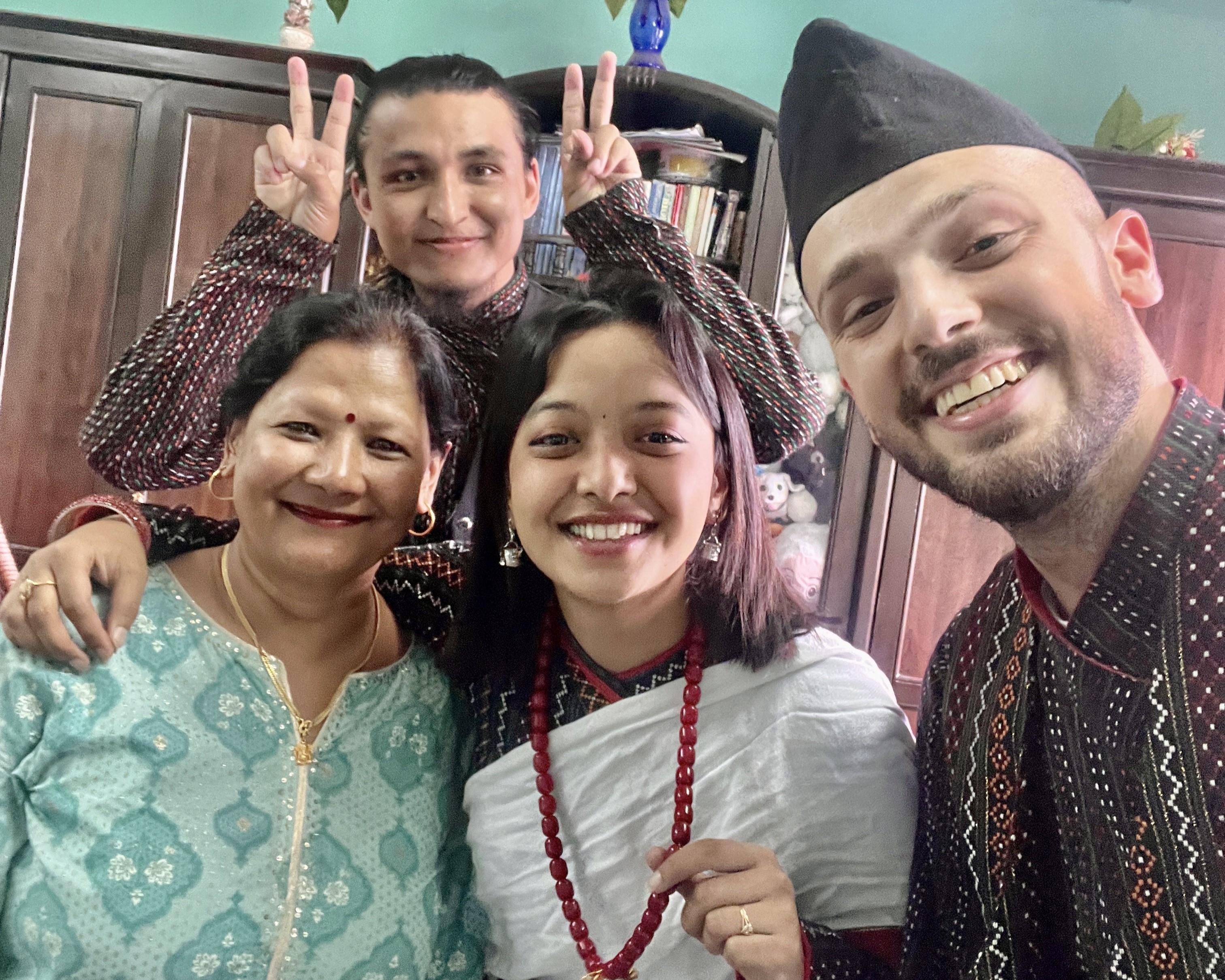
The young duo does not get any incentives working this either. However, the duo have received some unexpected rewards after project completion, whether in the form of money or gadgets, or even a special shout-out of gratitude.
“Monetary gains were never the primary focus; instead, the emphasis lay on building relationships, networking, and learning from influencers who also served as great teachers for us,” says John.
Also, some other logistic challenges persisted for Manisha and John.
“Nepal is one of the cheapest countries to visit and stay so that encourages them to come here. But the recent price hikes for tourists remained a concern and somehow the growing sensitivity around the culture also poses some challenges,” says Manisha.
Some creators have wanted to use drones and that has also landed them in trouble, they say.
“One needs permission to use drones, especially in heritage sites. Flying even for a minute or so nearly landed us in trouble, but the authorities understood the situation and it did not aggravate,” says John.
While the government acknowledges youth initiatives, they have also not found the right project or motivation to expand their projects with local collaborations.
Lookout for more

Despite the logistical challenges, they have observed that the impact of Kumari videos has inspired individuals to explore the inner shrines of the temple in Patan and be close to the Newa culture.
“Bhaktapur is also immersed with vibrant festivals, so next we plan to explore the cultural richness there,” Manisha hints about the projects under Tajilaji.
Even though they have worked with foreign YouTubers, they have yet to work with Nepali YouTubers. As they are exploring more collaborations with European creators, the duo says that they are open to working with the local creators too.
“We are still facing some resistance, but if that clears up, we can collaborate with local content creators, says Manisha.
In addition to creating captivating content locally, they have engaged with two women’s groups, giving a tour and showcasing local places, serving as guides for local activities and authentic food experiences, including Honacha and other eateries.
Beyond their cultural projects, the duo envisioned Project Green Gold, which centres around recycling hemp and cotton to produce environmentally friendly products. Demonstrating their commitment to further exploring the hiti system, Manisha and John express their dedication to collaborating with experts and local authorities.
The next step for Tajilaji, according to John and Manisha, involves starting their own YouTube channel, drawing on the experience acquired by learning directly from industry experts. They aim to cultivate their skills and knowledge, paving their way in the realm of storytelling, and putting Nepal on the map for a global audience.






